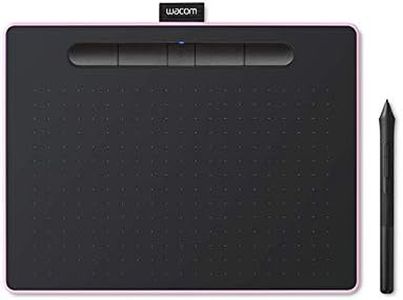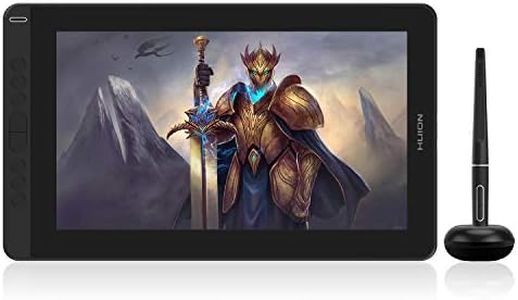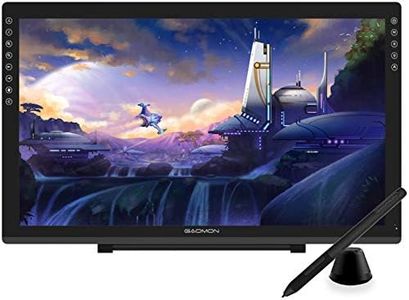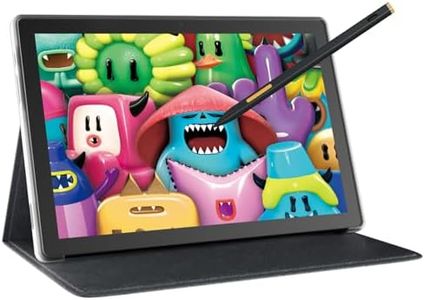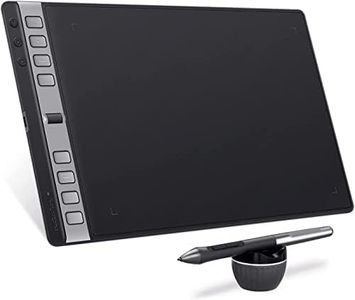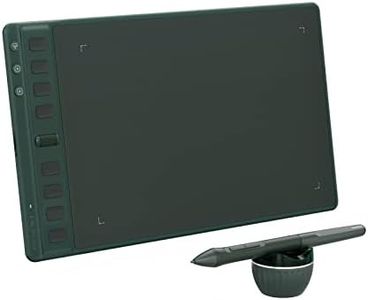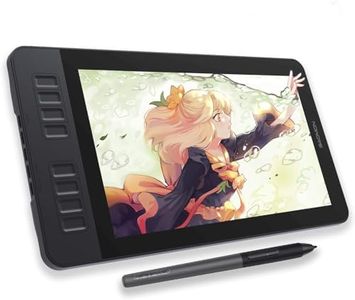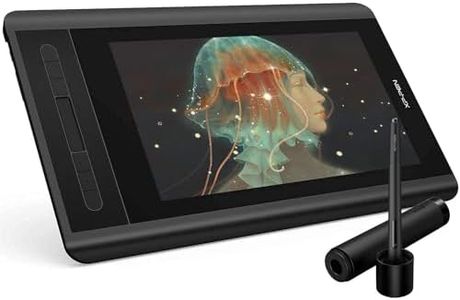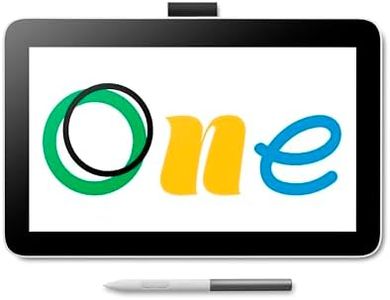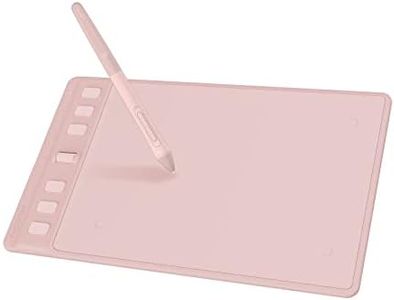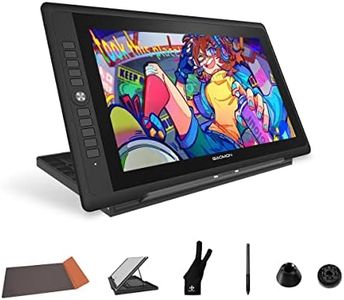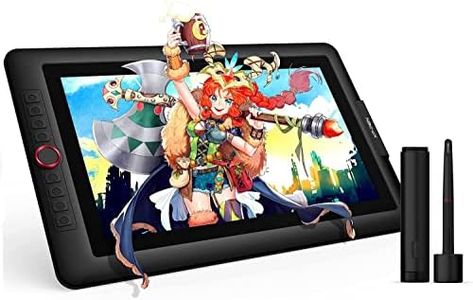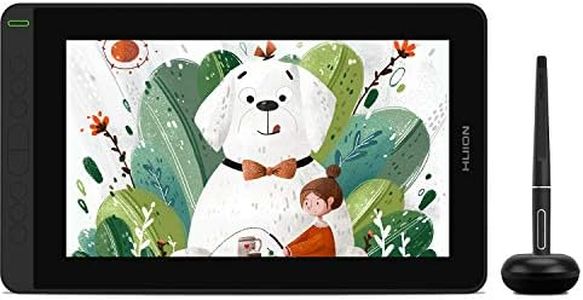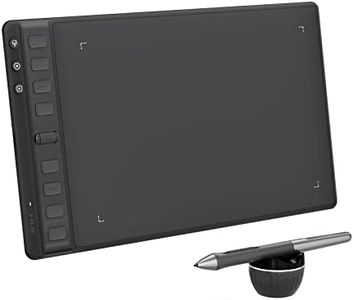We Use CookiesWe use cookies to enhance the security, performance,
functionality and for analytical and promotional activities. By continuing to browse this site you
are agreeing to our privacy policy
10 Best Digital Drawing Tablet
From leading brands and best sellers available on the web.Buying Guide for the Best Digital Drawing Tablet
Choosing the right digital drawing tablet can have a huge impact on your creative workflow, whether you're a hobbyist or a professional artist. There are a range of models available, each offering various features. The goal is to select one that matches your drawing needs, comfort preferences, and the type of work you plan to do. By understanding the most important specifications, you can find a tablet that feels like a natural extension of your creative process.Active Drawing AreaThe active drawing area refers to the part of the tablet that actually responds to your pen or stylus input. It's important because it determines how much space you have to draw and how natural the hand movements will feel. Smaller active areas are more portable and may suit those doing casual sketching, editing photos, or with limited desk space. Medium-sized areas strike a balance between comfort and footprint, suitable for most hobbyists or students. Large active areas provide more freedom and a more paper-like feel but take up more room and are often favored by professional illustrators or those who like to make big sweeping motions. Consider the type of artwork you do and the space you have available when deciding on the right size for you.
Pen Pressure SensitivityPen pressure sensitivity measures how many pressure levels a tablet can detect from the pen. The higher the pressure sensitivity, the more accurately the tablet can capture subtle differences in how hard you're pressing, which affects line thickness and opacity. Tablets usually range from about 2048 to over 8000 levels of sensitivity. For basic doodling or casual use, lower levels may be adequate. If you often do detailed drawing or need more control over your brush strokes, opt for higher sensitivity. Think about how important fine gradations in your artwork are to guide your choice.
Resolution (LPI - Lines Per Inch)Resolution, often measured in lines per inch (LPI), tells you how many distinct lines the tablet can detect in every inch of the active area. This affects how crisp and accurate your lines appear. Lower LPI values are suitable for simple sketches or note-taking, while higher values ensure your tablet captures even your most precise details—important for professional art and design work. Match the resolution to the level of detail in your typical projects to decide what you really need.
Report Rate (RPS or PPS)The report rate is the speed at which the tablet sends data to your computer, usually measured in reports per second (RPS) or points per second (PPS). A higher report rate means your lines appear on the screen with less delay, making your drawing experience feel smoother and more responsive. If you work quickly, do animations, or particularly value fluid, real-time drawing, a higher report rate will suit you. If your drawing pace is relaxed, you may not notice much difference at lower rates.
Connection TypeTablets can connect to your computer or device using USB cables, wireless Bluetooth, or even work as standalone tablets. Wired connections are reliable and don't need charging, but restrict movement. Wireless options offer more flexibility but require occasional charging. Some tablets are fully independent and have their own screens, letting you draw anywhere without a computer. Think about how and where you’ll use your tablet most—at your desk, on the go, or both—to choose the connection type that fits your routine.
Display or Non-Display TabletSome tablets have a built-in screen (display tablets) that lets you draw directly on the image, while others don’t have a screen and require you to look at your computer monitor as you draw (non-display tablets). Display tablets feel more intuitive, similar to pen and paper, which can be helpful for beginners and professionals alike, but tend to be heavier and less portable. Non-display tablets have a steeper learning curve but are often lighter and more affordable. Think about which drawing experience you’d be most comfortable with to guide your decision.
Stylus FeaturesThe stylus or pen is your main tool, and its features can affect your comfort and control. Key aspects include whether the pen is battery-free, has tilt support for more natural shading, and includes customizable buttons for shortcuts. A comfortable, lightweight pen with the right features can reduce hand fatigue and enhance your creative expression. If you rely on shortcuts or do a lot of shading, prioritize a stylus with good tilt function and programmable buttons. Trying out a pen before buying can help you know what feels best to you.
